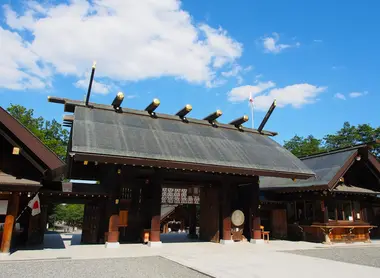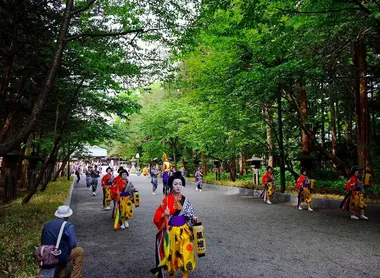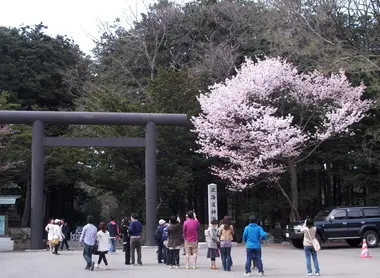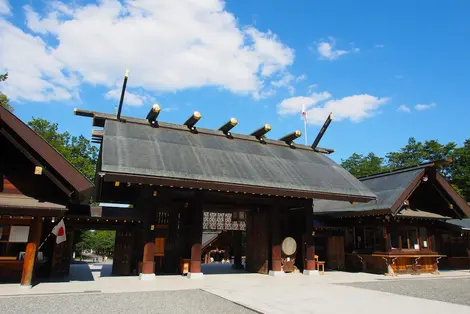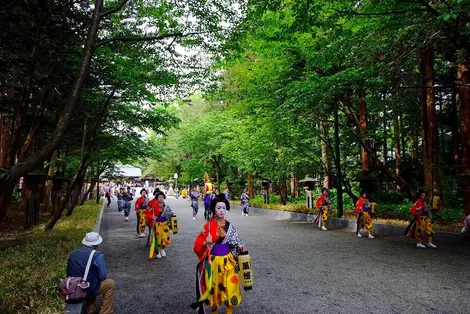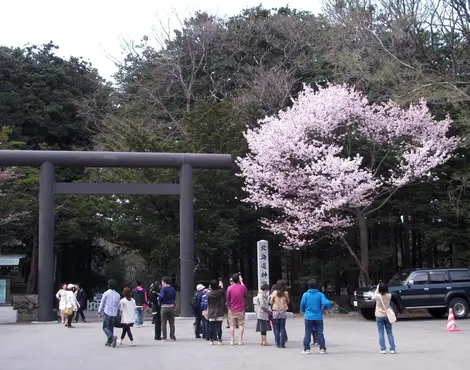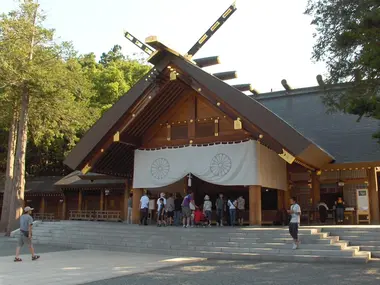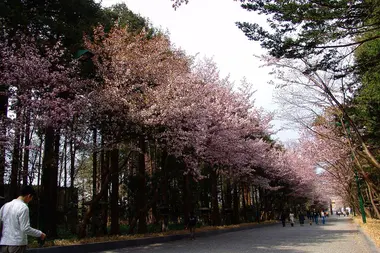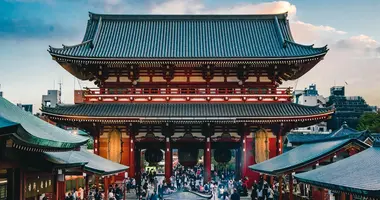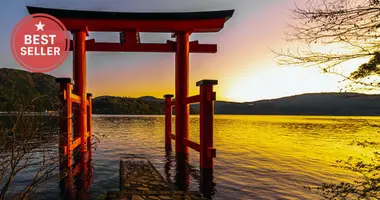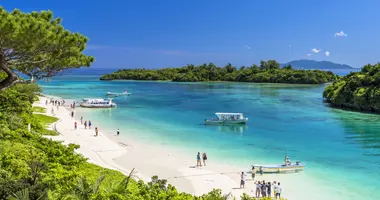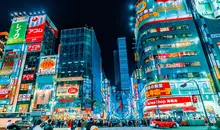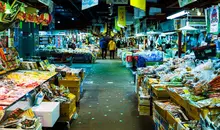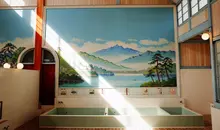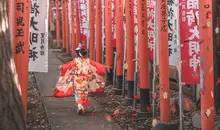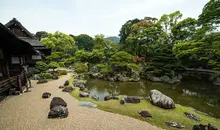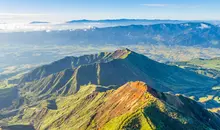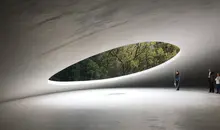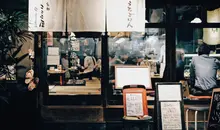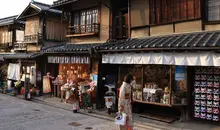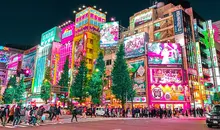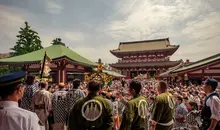Hokkaido Jingu Shrine 北海道神宮
- Published on : 26/02/2018
- by : S.R.
- Youtube
Hokkaido Jingu, the temple of the gods
Hokkaidof was for centuries an independent land inhabited by the Ainu people, whom the Japanese called Ezochi. It became Japanese territory with the Meiji Restoration in 1868, an integration into the Japanese Empire symbolized by the HokkaidoJingû, the largest Shinto shrine in Sapporo.
From Sapporo Jinja to Hokkaido Jingu
The first shrine was built in Sapporo in 1870 , then relocated to its current location in 1871 . Its realization followed the consecration by Emperor Meiji in Tokyo in 1869 of three Shinto deities, or kami : Ôkunitama (God of the land of Hokkaidô), Ôkuninushi (God of the development of the land) and Sukunahikona (God of healing). These are the " three deities of the enhancement of Hokkaido " , which were transported to the Sapporo Jinja shrine in order to allow their action on the island of Hokkaido. It is since the ichi-no-miya, "first sanctuary" of Hokkaido.
The soul of Emperor Meiji was transported there in 1964 , becoming the fourth deity of the temple, which for the occasion was renamed Hokkaidô Jingû . The term jingû indeed indicates a Shinto temple in direct connection with the imperial family and bearing the stamp of the reigning house, namely the flower of chrysanthemum, a flower which one finds on the banner at the entrance of the temple.
Read also : Shintoism
A magnificent point of view
Beyond its religious role, Hokkaidô Jingû is a place particularly popular with lovers of beautiful viewpoints. Located at the level of Maruyama Park, a veritable pocket mountain with a height of 226 meters, it occupies a large area of 180,000 m 2 and has nearly 1,500 cherry trees. Sapporo residents flock to the temple during cherry blossom season to admire the aisles misted with white and pink sakura blossoms.
Read also : Maruyama Park
In addition to being a particularly pleasant place during hanami (the name given by the Japanese to the custom of meeting in parks during the flowering period of the trees), the Hokkaidô Jingû welcomes many visitors during the Japanese New Year , which travel there to participate in hatsumode , the first visit to the temple.
The Sapporo Festival
The Hokkaido Jingu is the annual venue for the Sapporo matsuri , or Sapporo festival. This matsuri takes place from June 14 to 16 , and includes the transport of the mikoshi ("divine palanquin" or shrine carried by the faithful during a Shinto procession) from the street leading to the temple to the interior of it. Participants dress as they did in the Heian period (794-1192), perform traditional dances and parade in many floats . Games for children as well as scouting activities also take place there. The matsuri has been taking place for a hundred years.
Read also : Matsuri, Japanese festivals
Address, timetable & access
Address
Phone
+81 11-611-0261Timetable
15 minutes on foot from Maruyama Koen Subway Station (Tozai Line)Price
FreeAccess
7am - 4pm (November 1 - February 14)7am - 4:30pm (February 15 - March 31)7am - 5pm (April 1 - October 15)7am - 4:30pm (October 16 - October 31)Website
http://www.hokkaidojingu.or.jp/eng/index.html
